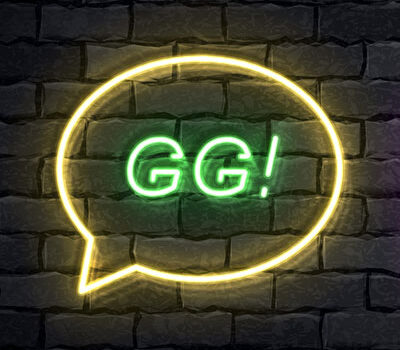
On Aug. 23, 2023, AAPACN hosted the AAPACN 2023 Live Virtual Conference – MDS Updates Prep and Polish event, with educational sessions designed to help implement the MDS changes effective Oct. 1. This one-day event provided four educational breakout sessions and one live Q&A panel session. For those who were unable to attend the event, the AAPACN 2023 Live Virtual Conference – MDS Updates Prep and Polish Recording Bundle is now available for purchase.
Section GG (Functional Abilities and Goals) has been a focus in the upcoming MDS changes, specifically because of the removal of section G (Functional Status) from the Long-Term Care Facility Resident Assessment Instrument 3.0 User’s Manual version 1.18.11. The second breakout session during the AAPACN MDS Updates Prep and Polish event was “Section GG – What’s New and How to Implement Workflow Changes” provided by Joel VanEaton, BSN, RN, RAC-CT, RAC-CTA, RAC-MT, with Broad River Rehab. This session covered the impact that the revision and standardization of section GG will have on skilled nursing facility (SNF) operations, how facilities can implement consistent coding processes, and what will be necessary for accurate completion.
During the Q&A portion of VanEaton’s session, participants asked, “Does section GG need to be signed in Z0400 during the 3-day assessment period, or can it be signed after? Also, does the section GG documentation to determine usual performance and any discrepancy clarifications need to be completed by the end of the 3-day assessment period?”
VanEaton responded, “The entirety of the RAI feels like one long interview. When we code section GG, we have a full 3-day lookback period. And so, when we have those lookback periods defined, what we have is an opportunity to let that assessment reference period expire. So at midnight of the assessment reference date (ARD) that gives us a full data set to be able to make that determination in relationship to the ideas found within the documentation for coding accurately in section GG. Now, I would say that with the caveat that the documentation needs to be in place and dated within that assessment reference period in order to be included in that. But in order to get a full function assessment and an accurate usual functioning analysis, you need to have that full assessment reference period to be able to do that. And so, the signatures in section Z do not have to be dated prior to the ARD, but they can be dated when that section is completed based on data that was completed during that assessment reference period.”
The second question a participant asked was, “One of the biggest issues for case-mix states is how to document both sections G and GG simultaneously. What are your recommendations that are realistic for staff in a nursing home?”
VanEaton provided the following recommendations, “The bottom line is you’re going to have to have the ability to be able to work through the considerations that talked through in section GG here relative to section G. You’re still going to have to have documentation within the lookback period to support section G in relationship to the ‘Rule of 3.’ And you’re going to have to have documentation in the lookback period to support section GG in relationship to usual functioning. So, the requirement here is very interesting. I’m so glad that you’re asking this question and thinking about this, because the implications here are huge. Every OBRA assessment, for those states that have to complete the optional state assessment (OSA)—this only applies to you—you will have to complete section GG on every one of your federally required assessments; and if you’re required to complete the OSA, you will also have to complete the OSA. The good news is the OSA only contains the four late loss activities of daily living (ADLs). It’s a shorter, truncated assessment. And one of the things about the OSA that’s interesting is that a number of items on the OSA are concurrent with the items on the federally required assessment. So, if your software company can work together and have those items using the assessment reference date, those can be utilized on both assessments. But for sections G and GG, that can’t happen. They are two separate items—Rule of Three vs. Usual Functioning, 7-day lookback period vs. 3-day lookback periods. And so, it’s very important that you remember that. The short answer is that you’re going to have to have systems in place to accommodate both. And so, if you’ve been doing well with section G currently, keep those systems in place. And then begin to work through some of the implications that we talked about today to get some good, robust systems in place to be able to code section GG in the same way.”
During the AAPACN event, each breakout session provided participants with an opportunity like this one to ask questions about the major changes. These Q&As are included in the final recordings, along with the final live Q&A panel session.
Additional AAPACN Section GG Resources:
Education programs:
Section GG Train-the-Trainer certificate program
MDS Essentials: Coding Sections GG and K
Articles:
Solving the Mystery: How to Document for Section GG
MDS Section GG: Why It May Be Time to Bring in Restorative Nursing
Section GG Education and Spot Audits Boost Coding Quality
Section GG: What It Takes to Get the Coding Right
Coding Section GG: A Case Study Review
Tools:
Section GG 3-Day Assessment Periods and Algorithm
Section GG Process Flow Chart Tool
Section GG Data Collection Tool
Preparing for Section G Retirement: Care Plan Updates
Podcast:
Preparing for the Retirement of Section G
Q&As:

